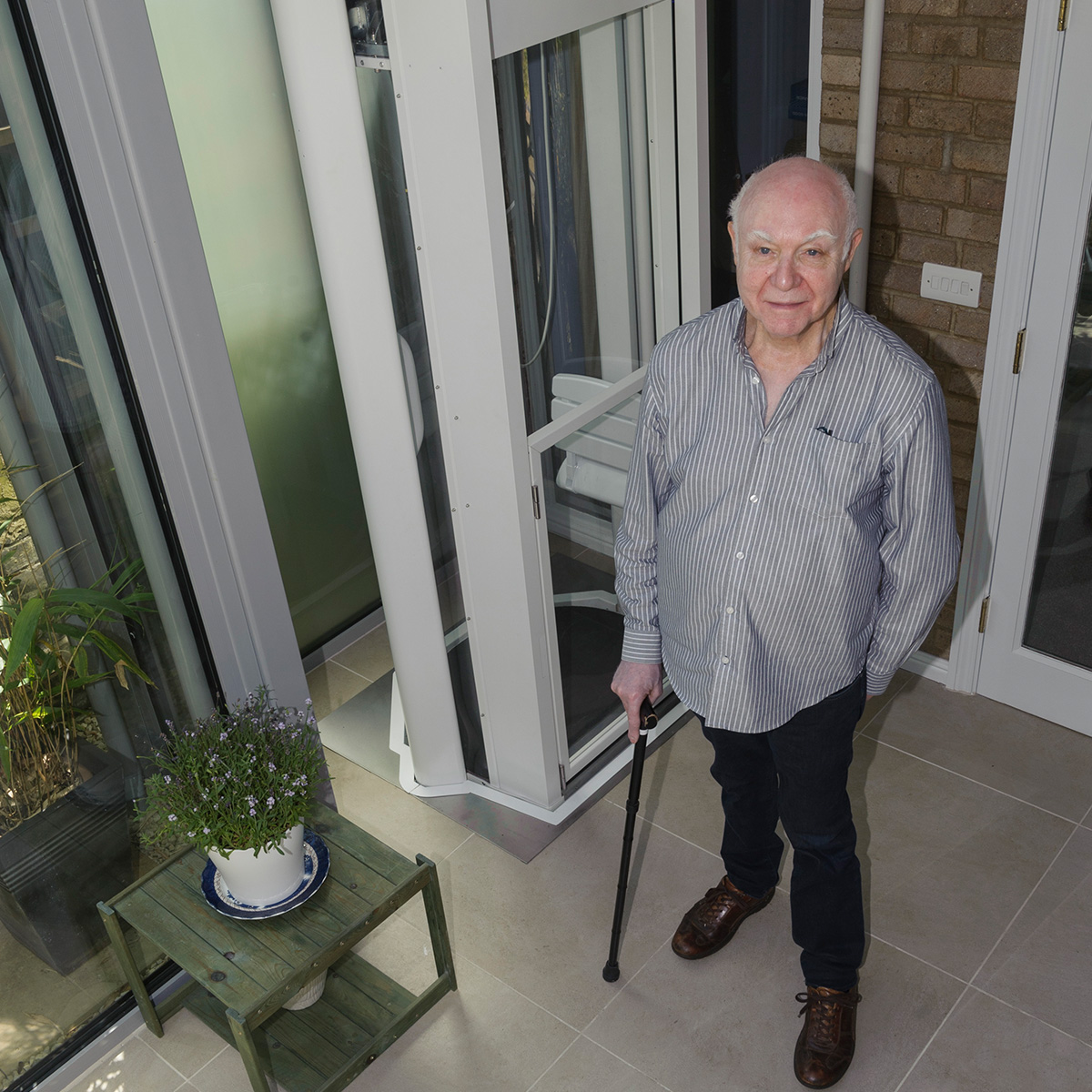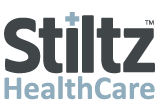Muscular Dystrophy is an umbrella term for a group of inherited, genetic conditions that gradually cause the muscles to weaken. The condition is progressive and often begins by affecting a particular group of muscles, before affecting the muscles more widely. Some types of Muscular Dystrophy eventually affect the heart or the muscles used for breathing, therefore can become life threatening.
Medical Treatment
Although there is research being done into different treatments for this condition, a cure has yet to be found. Medicine has progressed to the point where it is possible to live with the condition. This includes mobility assistance such as exercise and physiotherapy, surgery to correct postural deformities such as scoliosis, and medication such as steroids.
Living with Muscular Dystrophy
People with neuromuscular conditions such as Muscular Dystrophy have specific needs that constantly change, sometimes rapidly, as they progress. Neuromuscular disorders are often extremely limiting, but mobility is one of the few areas that with appropriate provision, people can be fully independent and this should always be the goal. Many people are able to live a fulfilling life with Muscular Dystrophy with the right level of support, mobility equipment and home adaptations.
Home Adaptations
It is essential to make sure a property is adapted to suit specific requirements. Relevant home adaptations can be made to ensure the individual can move around the home freely ensuring daily activities can be carried out. A Stiltz Home Lift will allow access between floors, with a Trio+ designed to cater for wheelchair users (including some powerchairs). This is also a future proofed solution should the disability progress with the added bonus of not encroaching on the use of the stairs when used by other family members, especially children.
Disabled Facilities Grant (DFG)
Financial support it available to people with Muscular Dystrophy. A DFG is provided by the local authority to install home lifts, ramps, accessible baths/showers and other accessible adaptions in the home. These are provided with the aim of enabling disabled adults and children to lead more independent lives whilst supported by families and carers. Part of the Better Care Fund (BCF), a DFG is available in England, Wales and Northern Ireland, (in Scotland its equivalent is an equipment and adaptations grant).
Notes from our resident Occupational Therapist: “Different forms of Muscular Dystrophy affect the body in different ways, mainly in the arms or legs. Daily tasks that would otherwise be simple, someone with Muscular Dystrophy might need help brushing their hair, getting in and out the bath or travelling between floors in their home.”
“Different forms of Muscular Dystrophy affect the body in different ways, mainly in the arms or legs. Daily tasks that would otherwise be simple, someone with Muscular Dystrophy might need help brushing their hair, getting in and out the bath or travelling between floors in their home.”


![]()
Case Study:
Christopher Knowles, 70, suffers from an extremely rare form of Muscular Dystrophy, Inclusion Body Myositis (IBM) – a slowly progressive muscle-wasting disease that mostly affects the arms and legs. Symptoms of IBM initially include the progressive weakening of the wrist and finger muscles, the front thigh muscles and the muscles that lift the front of the foot. This meant that Mr. Knowles was finding the stairs in his two-bedroomed Victorian terrace home extremely difficult to manage.
He had already decided against the idea of a stairlift after having been advised it was unsuitable for his needs. Read more here.


